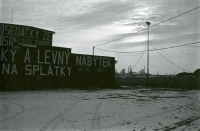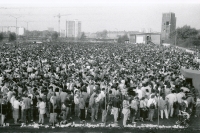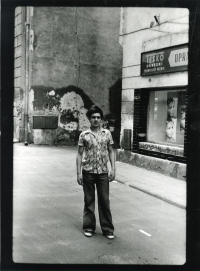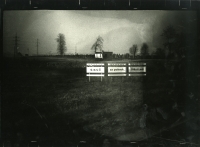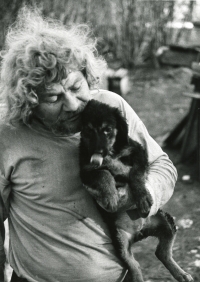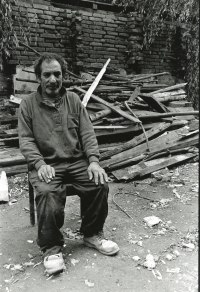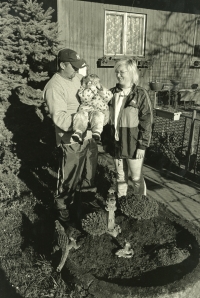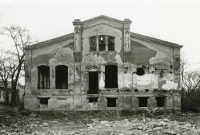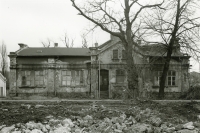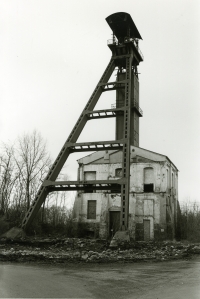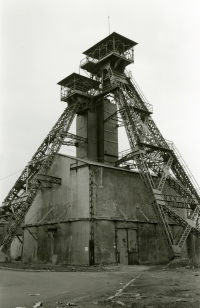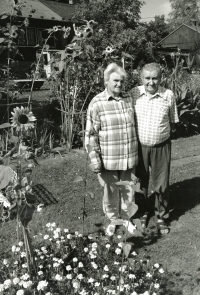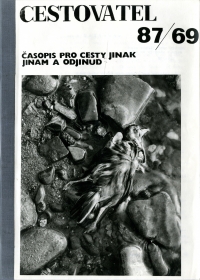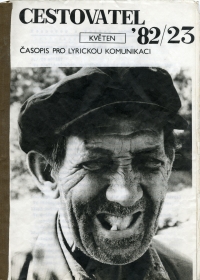Master of Fine Arts Jiří Hrdina
* 1963
-
“There was a pub called At the murderer. We always went there when our shift ended. It was closing around eleven, I think, so when you arrived after an afternoon shift, you managed to kick those few pints and go home by a collecting bus. The women used to do it this way too. Once I saw with my own eyes how the name At the murderer became really functional. The third engineer who worked under my supervision back then was a young guy and a Gypsy. While his friend was in prison, he had an affair with his wife. One day we were sitting together in a pub, and suddenly the husband had just arrived. He sat down and drank with us. After a while he stepped aside, pulled out a kitchen knife from his coat, and killed the other poor man on the spot.”
-
“After 1948 there were people who decided to make money from changing conditions. In Ostrava there was a certain chimney apprentice Pěnička who expropriated the Ostrava photographic studios. He did it in such a way that there was a lot of his property left at his home. In the following thirty years, he sold all the things he had stolen at the Photographers' Meetings.”
-
“The Poles from the border areas towards Rybnik and Katowice came here to work. At that time, Poland was industrially poorer in terms of what could be bought there. One of the scarce items was building materials. Many Polish workers were working at the Vítkovice building materials. There were leaders who were in charge of all this, not working and benefiting from it. The buses that were returning across the strictly guarded border were packed with wall tiles, bathtubs, and cement bags. Customs officers always looked at them, got what they were supposed to get, and the building materials were transported freely back and forth.”
-
“Sometime after November 17, I was multiplying something in the room where we did it, and on that occasion, I accidentally picked up some strange papers there. When I later look into them, I found out that it was a proclamation that someone made in Vítkovice buildings. Apparently, it was someone from the party committee. They stated that we were asking for the hardest possible procedure with the deployment of the People's Militia, peace for work and other similar things. It happened even before the general strike, but the first relatively objective responses had already started to be published in the People's Democracy. It was then published by the Czechoslovak People's Party, and so there appeared articles of a slightly different meaning than those published in Rudé Právo (Red Truth). So, I decided to call them directly from work and to send them. It was probably the first time I experienced tapping phones. One had heard of it before, but it never occurred that it was actually happening to him. It didn't even take two hours, and there were guys with badges from the State Security. They investigated the whole thing and wanted to know how it happened, and so on.”
-
Full recordings
-
Ostrava, 25.05.2019
(audio)
duration: 02:34:38
-
Ostrava, 09.08.2019
(audio)
duration: 02:12:49
Full recordings are available only for logged users.
Nothing changed on the periphery
Jiří Hrdina was born on July 9, 1963 in Rýmařov. His father worked in the small town Břidličná as a clerk in the local Kovohutě, where he found a job, even though he was marked as a college student expelled from school for political reasons. The family moved to Ostrava at the turn of the 60s-70s. Jiří´s entry to a pioneer organization was denied, he was quickly expelled from the Socialist Youth Union. During his studies at high school he began to photograph. He worked in the Coking Plant Jan Šverma for several years to later move to the Vítkovice Buildings Company. In the mid-1980s he met photographer František Řezníček, participated in the publication of the Traveler samizdat and met other personalities around the emerging Ostrava Photo Club. After the Velvet Revolution he worked in the local Civic Forum and became a councilor of the Marianske Hory for one term. In the late 1990s he graduated from the Institute of Creative Photography at the Silesian University in Opava. Today he teaches at the Ostrava secondary art school and has been involved in the historical research of the Ostrava photo studios for a long time.
